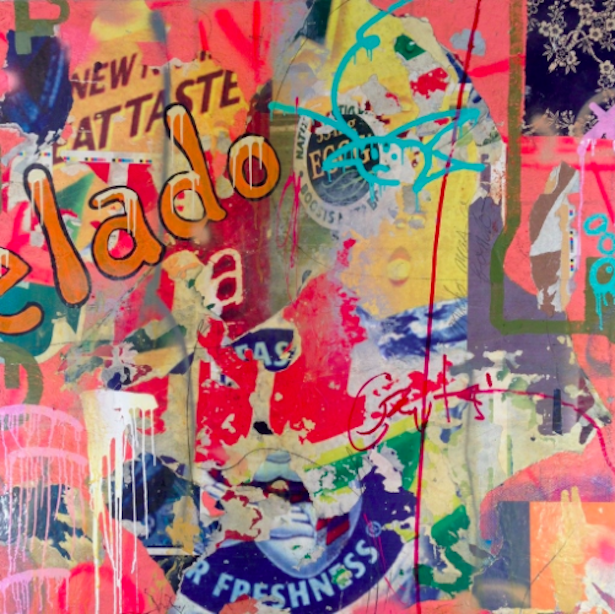Hannah Shaban leaves her audience with a gift. The first 86 visitors--the number of clay cups to survive the kiln--leave her VCU Graduate Candidacy Exhibition with full hands and a better understanding of what it means to be Arab American. The opening night of...


